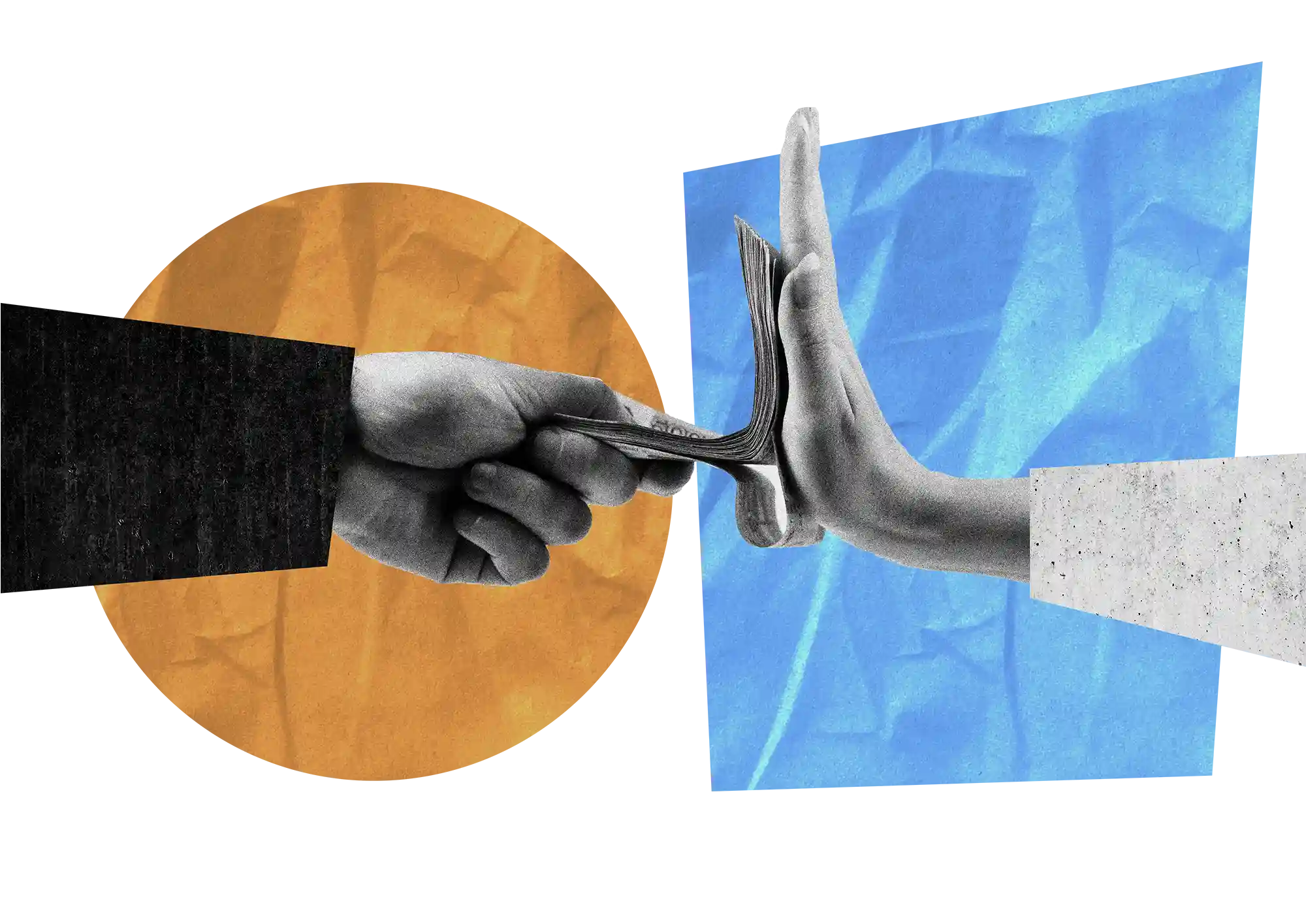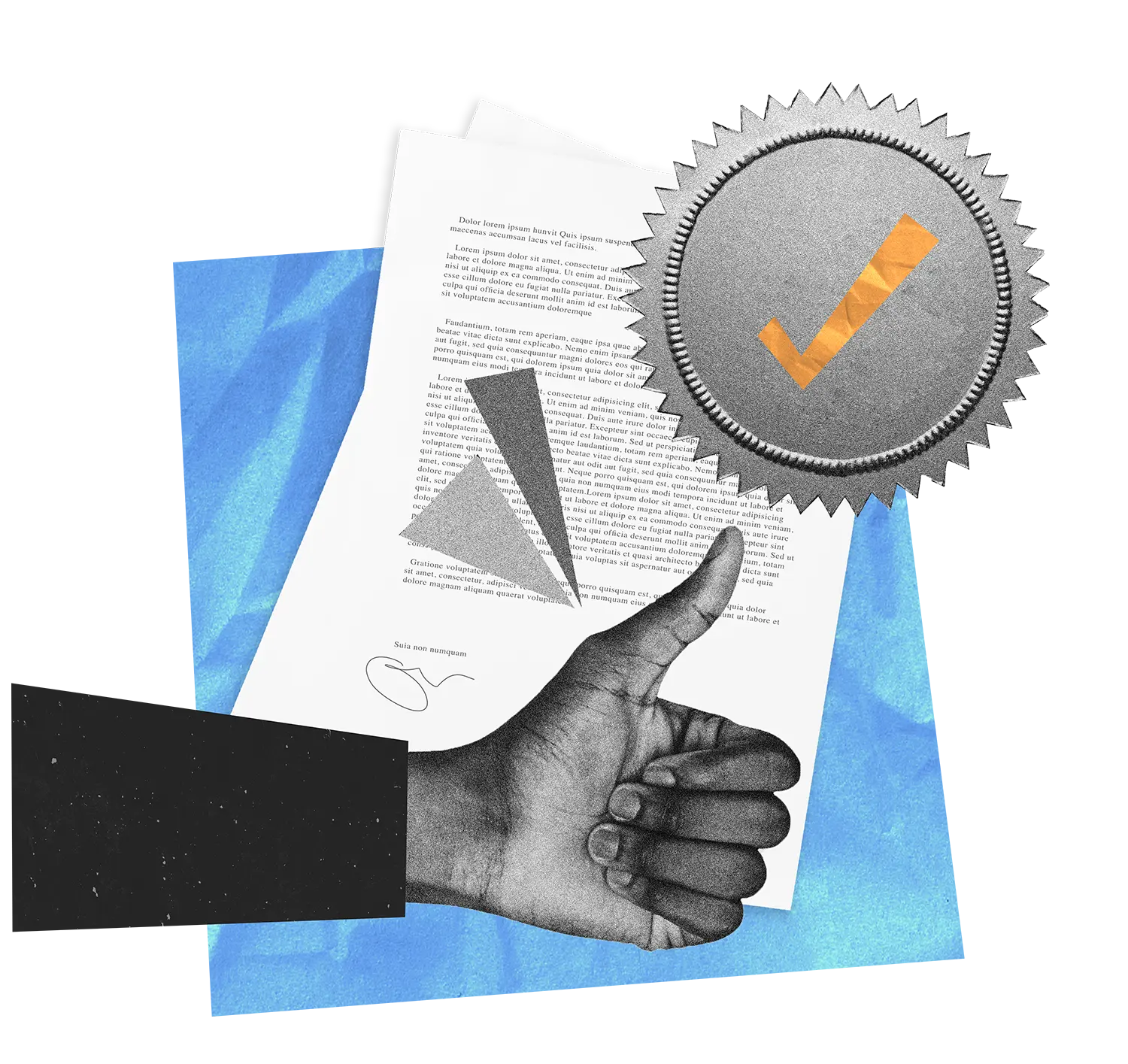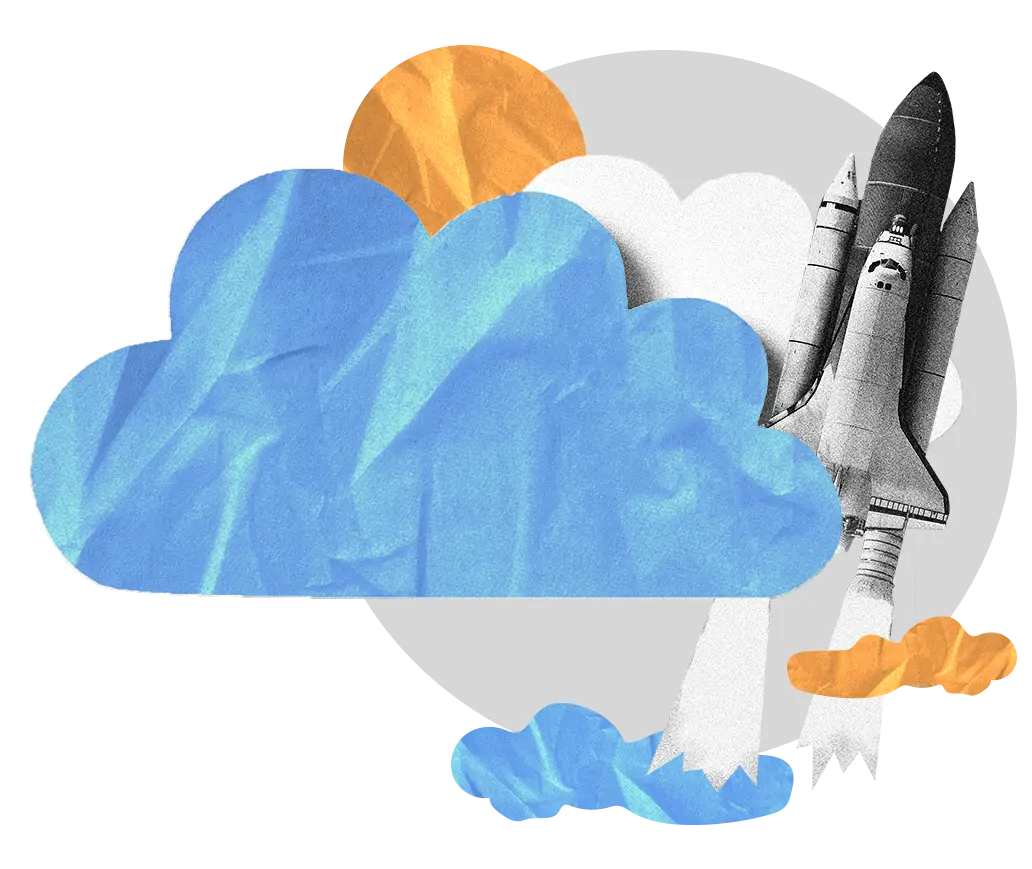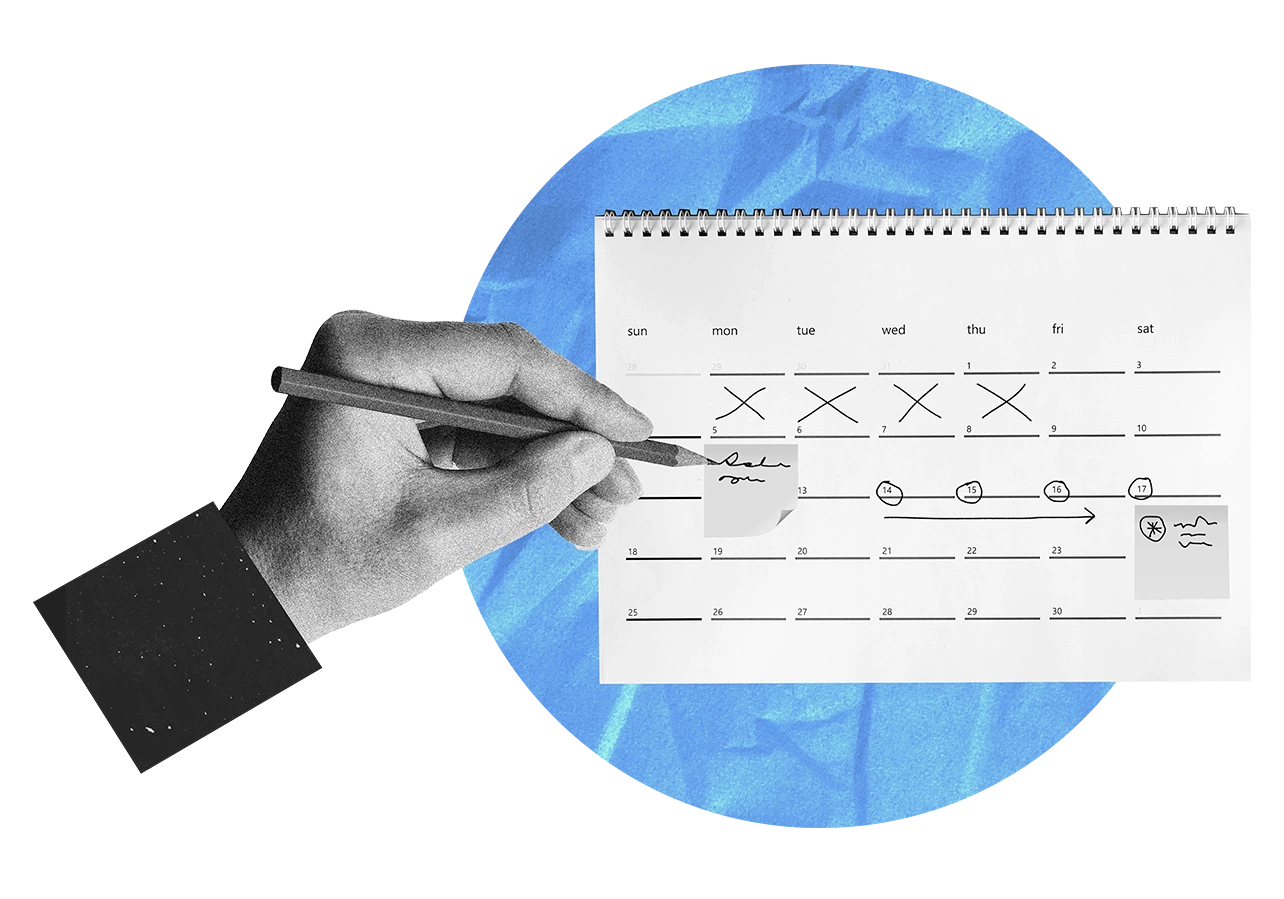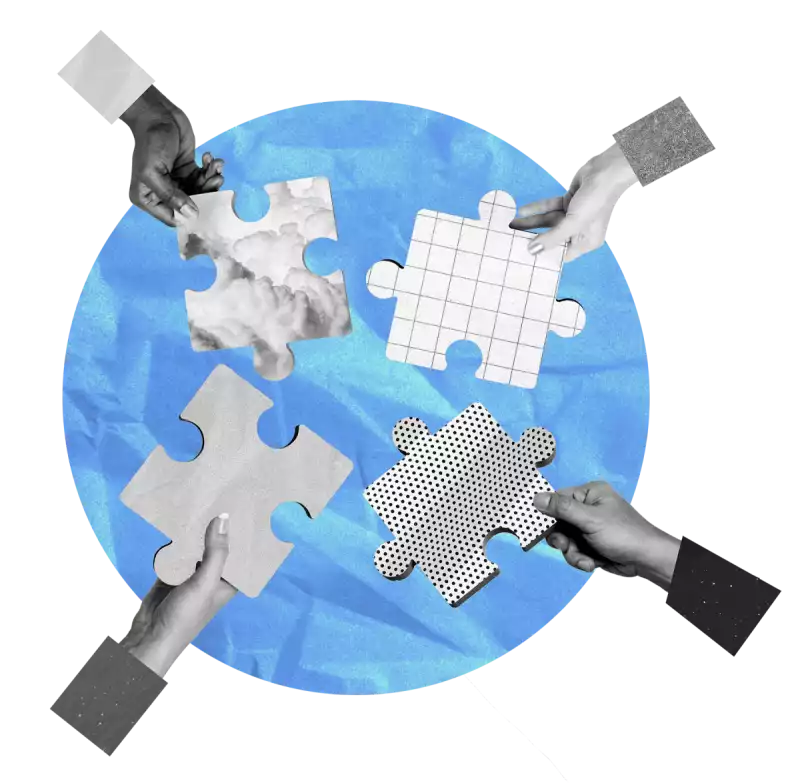About Integrity Pacts: why
A unique tool in the procurement integrity toolbox
Integrity Pacts are becoming a vital part of clean contracting, complementing other integrity tools.
Integrity Pacts can be and have been used as a standalone tool to raise integrity in individual public procurement projects. Increasingly, they are now also viewed as an approach to integrity and an important part of the ecosystem of clean contracting.
According to the Clean Contracting Manifesto published by a coalition of Transparency International, CoST – the Infrastructure Transparency Initiative, the Open Contracting Partnership (OCP), Hivos and Article19, clean contracting revolves around the five pillars in the table below.
Although Integrity Pacts are mentioned only in pillar 2, their essential features and flexibility make them a powerful tool to support all five pillars.
| Pillar of clean contracting | Feature of Integrity Pact that supports this pillar |
|---|---|
| 1. Open Contracting Data Standard (OCDS) and monitoring systems. | An Integrity Pact can include minimum standards of open data as well as systems to publish and monitor this data. |
| 2. Independent civil society monitoring of specific projects, using tools such as an Integrity Pact. | Independent monitoring is an essential feature of any Integrity Pact. |
| 3. Effective and meaningful participation by affected communities in all phases of the public procurement process, including the pre-tender phase. | Communication around an Integrity Pact raises awareness of the procurement project and process in affected communities. Communication can involve inviting active citizen participation, for example through digital media, at townhall meetings or through public monitoring tools. |
| 4. A strong, professional and engaged civil society sector. | Civil society organisations and/or representatives are involved in almost all Integrity Pacts, including acting as initiators and advocates, monitors and lead implementers. |
| 5. A strong and credible sanctions regime. | Sanctions, and/or processes for escalating misconduct to the relevant authorities for sanctions under existing regulatory frameworks, are generally included in Integrity Pacts. |
Clean contracting is most valuable in contexts with a high risk and perception of corruption. The use of an Integrity Pact in these contexts necessarily brings a high level of scrutiny and transparency, helping to build trust in the process.
Complementary integrity tools
The table above illustrates that although Integrity Pacts support the pillars of clean contracting, they are no silver bullet. They are most effective when used together with other tools to promote integrity. The combination of tools depends on the country and context. Some of the main tools to consider combining with an Integrity Pact are:
1. Open data
Within the ecosystem of clean contracting, Integrity Pacts should be accompanied by minimum standards of open data. These standards cover the type of information that is made public and how that information is shared to enable public monitoring, for example that it should be machine-searchable. The recommended standards are set out in the Open Contracting Data Standard published by the Open Contracting Partnership.
Open data alone is no guarantee of integrity. Issues include:
- Details of some high-value procurement projects may be confidential, for example for defence or finance, and therefore unable to be shared openly on such platforms. These are precisely the contexts in which corruption is a high risk.
- Bidding businesses need a clear channel for submitting complaints and reports of alleged misconduct.
- Without a dedicated monitor with the required technical and legal expertise, the quality of monitoring may be insufficient.
The use of an Integrity Pact helps to solve these issues.
2. E-procurement
E-procurement refers to the use of an online portal to manage tenders and receive proposals. These portals are generally not publicly accessible.
E-government tools such as online procurement platforms have many benefits, not least as they gather information efficiently and digitally in a way that can be quickly published and scrutinised. For more information, see the Basel Institute's Working Paper 23: New perspectives in e-government and the prevention of corruption.
3. High Level Reporting Mechanism
A High Level Reporting Mechanism (HLRM) is an integrity tool designed to meet private-sector demands for a fast, independent and effective mechanism to address bribe solicitation by public officials. Developed by the Basel Institute on Governance, OECD and Transparency International, the concept has been successfully applied in Colombia, Argentina and Ukraine and is under discussion in several other countries.
Several HLRMs have included Integrity Pacts as part of the mechanism. Whereas a standalone Integrity Pact is generally developed and implemented by the contracting agency at ministerial level, the HLRM often has a higher-level endorsement in central government.
Find out more about HLRMs and their implementation on the Basel Institute's HLRM resource pages.
